20th, December 2021 | Oh Jinna
Medical Advances Involving Eye Problem Treatments
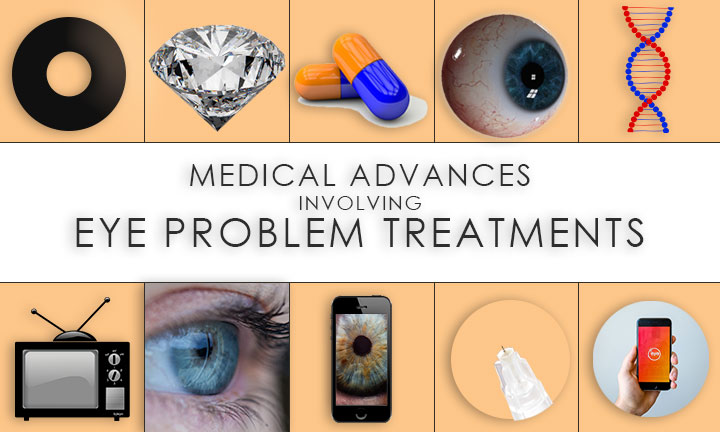
In today’s generation, the medical advances on eye problem treatments has saved nearly 300 million people from different types of blindness or vision loss.
Vision-saving breakthroughs continue to be made every day from all around the world with new medical technologies, equipment, and research.
The innovation of medical technologies abates nearsightedness and farsightedness conditions and improves the odds to save anyone from blindness or visual loss such as macular degeneration and glaucoma.
Even conditions that was once considered incurable now has a possible cure—prosthesis intended to restore vision to those who once could see only darkness.
Let us talk about the top 10 medical advances about eye problem treatments.
Corneal Inlay Surgery Soon to Replace Glasses or Lenses
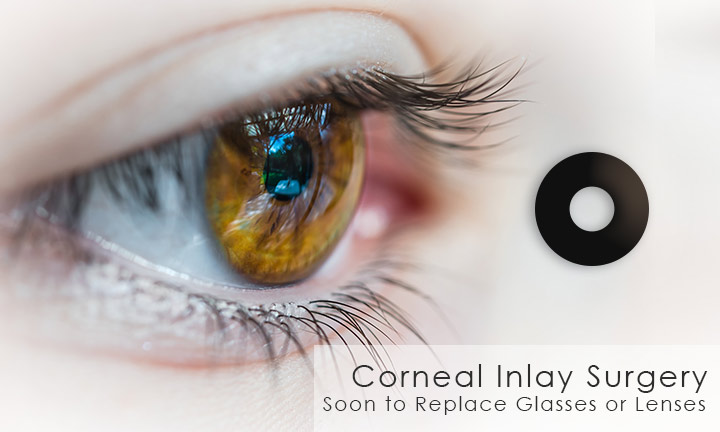
It is expected that as you grow older, your ability to read and view objects at close-range decline because of presbyopia.
Although you can always wear reading or bifocal glasses or contact lenses, it still quite bothersome especially if you haven’t been using any of these alternatives before.
Especially with contact lenses because you have to make sure to remove them before you sleep.
Last April 17, 2015, the FDA approved the corneal inlay device called KAMRA. This device is meant to correct vision whether nearsightedness, farsightedness, or both.
The ring is implanted under the eye’s outer surface and allow the person to see near and far at the same time. This has now been used anywhere in the world.
INTERESTING READ: COLORED CONTACT LENSES AND SPARKLING EYE LASHES AND MORE
Nano-Diamond Lenses May Help Prevent Glaucoma
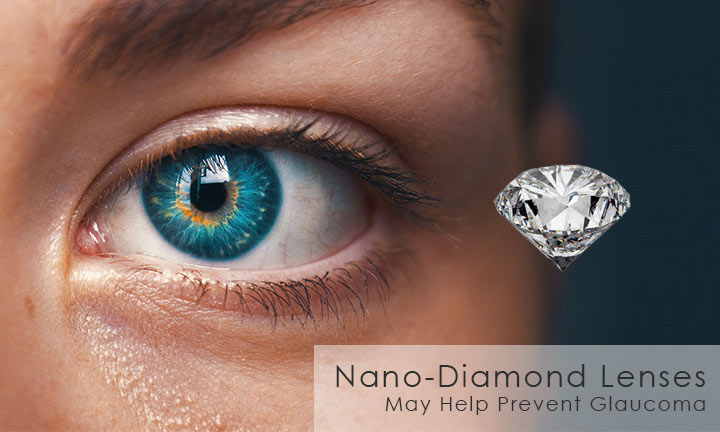
Abnormal high pressure in your eye which damages the optic nerve is a condition called Glaucoma—and is considered the leading cause of blindness for people over the age of 60.
So, patients rely on eye drops to prevent the build-up of pressure. However, proper dosing and intervals can be difficult for elderly people.
Researchers of the University of California, Los Angeles (UCLA) aims to solve these problems by developing a contact lens made from tiny nano-diamonds.
The lenses are shown to have similar efficacy as the eye drops and could be a significant step to treat glaucoma.
The project is said to move to animal experimentation soon.
HIV Medication Repurposed for Age-Related Macular Degeneration (AMD)
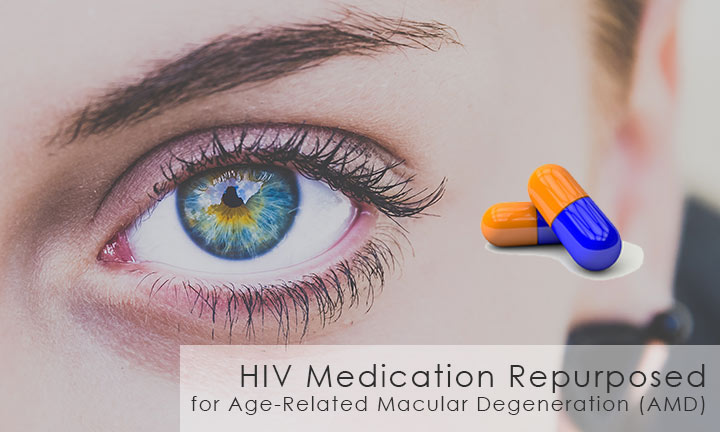
The nucleoside reverse transcriptase inhibitors (NRTIs) may one day be effective in the treatment of AMD.
The NRTIs are drugs often prescribed to treat human immunodeficiency virus (HIV) and acquired immunodeficiency syndrome (AIDS), but researchers have also observed in their studies that the drugs can be repurposed as treatment for AMD.
Previous work from laboratories found that a type of toxic molecule accumulates in the retina to cause dry AMD.
The molecule is called Alu RNA and shows similarities with HIV because they both require reverse transcriptase to fulfill their life cycle.
NRTIs are FDA-approved and are available in the market at a low price.
READ MORE: HOW DIFFERENT TYPES OF REFRACTIVE SURGERY CORRECTS VISION
3D Printing Technologies for Eyes
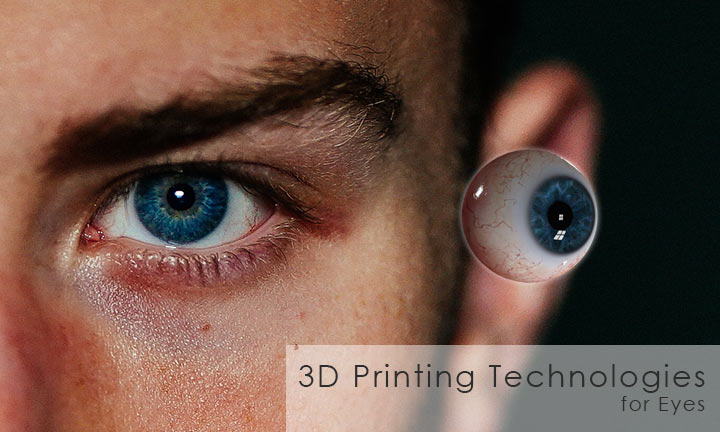
Eye transplant is costly and even a traditional glass, acrylic or prosthetic eye costs $5000 each. Not to mention that these “eyes” never look quite right.
But the new 3D printing technology may change that and even bring down the cost of a prosthetic eye to just $150.
Some of the best project of 3D printed eyes are 3D Printed Cornea, 3D Printed Eye Comforter, 3D Printed, Prosthetic Eyes or the Bionic Eye.
The 3D Printed Corner is for people with eye conditions, diseases, or damages their eyes while the 3D printed Eye Comforter is dedicated to children born with one or no eyes.
Lastly, the 3D printed Prosthetic Eyes is for blind people.
Additive Manufacturing is continuously evolving, there is a great potential in the discovery of new materials.
This revolution will not only to heal us but will also save our lives.
First Gene Therapy for Inherited Eye Diseases
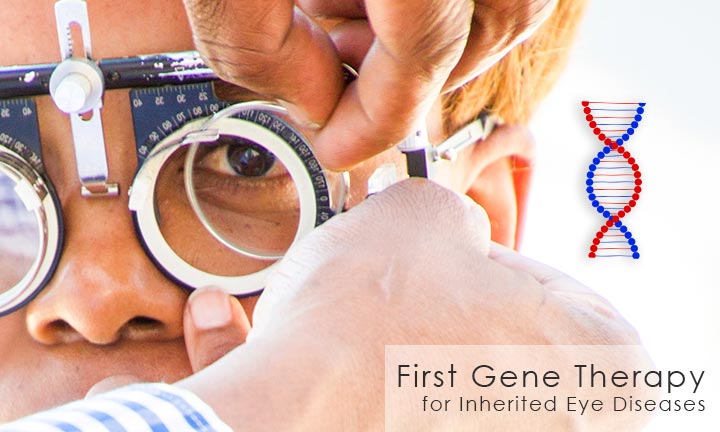
The first gene therapy is a new treatment dedicated for children or adults with a rare, inherited form of vision loss.
This has now been approved in the United States for a genetic disease.
The therapy is designed to introduce genetic material into the cells of a patient either through viral or nonviral vectors to regulate, add, delete, repair, or replace a genetic sequence, and the expression of the sequence results in a therapeutic effect.
The advantage of gene therapy over traditional pharmacological treatments is the direct repair of or compensation for defective genes in the eyes.
Although gene therapy has made significant advances with notable progression to the clinical trial stages, several obstacles are yet to be overcome.
Glaucoma Test Using the TV
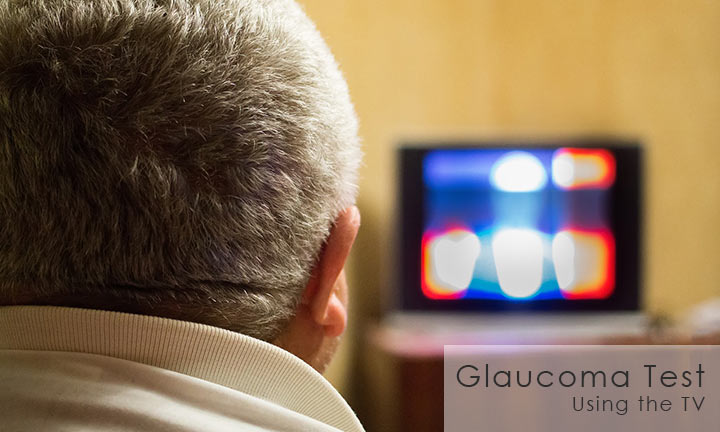
Researchers of the City, University London conducted an experiment on the eye movements of people watching TV.
They mapped the movements and found that people with healthy eyes follow a different path from people with unhealthy eyes.
The study is still in its early days, but all have high-hopes that this will allow the diagnosis of and treatment for glaucoma and other diseases of the eye in its early stages.
The researchers look forward to the day when the technology will be of use especially to patients who don’t have access to physicians (those living in rural and other areas struggling with physician shortages.)
“Reservoir” Implant to Reduce Clinic Visits
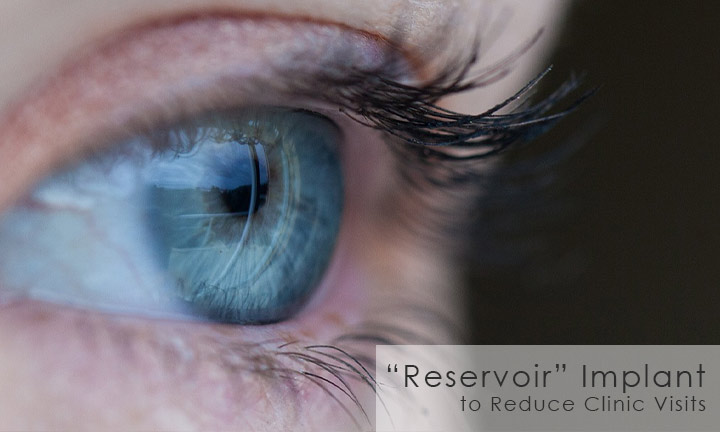
Most of the medical advances focus on the treatment of glaucoma—one of the leading causes of blindness.
Patients with glaucoma continually visit their ophthalmologists regularly for tests such as tonometry (for inner eye pressure), and ophthalmoscopy (for any damage on the optic nerve.)
The clinic visits are important to ensure that any pressure on the optic nerve does not lead to blindness.
Researchers are now developing implantable electronic sensors that are placed in the eye to track any pressure changes.
The wireless gadget will send important data to a handheld device or smartphone, or straight to an ophthalmologist.
This also reduces unnecessary clinic visits.
Smartphone Eye Examination
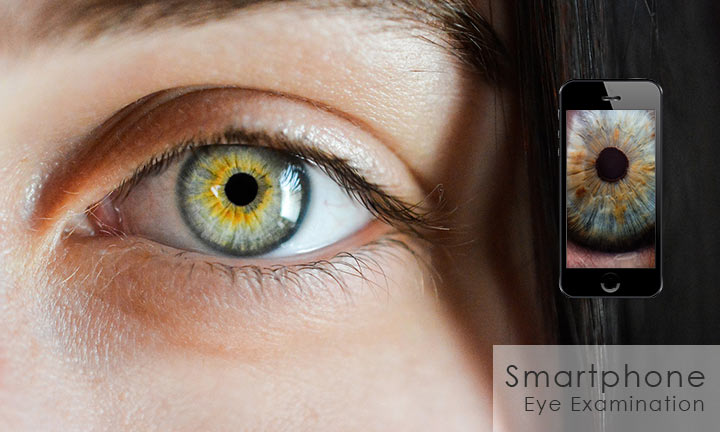
The World Health Organization (WHO) estimated that out of the 39 million people who are blind and 256 million people who are visually impaired, 80% of which could have been prevented if these people had adequate access to eye care.
These numbers are expected to decrease with the development of smartphone eye examination devices such as Peek™ and D-EYE™.
The Peek™ and D-EYE™ can automatically turn a smartphone into a portable eye exam tool because of the pair a small lens attachment with the apps.
The tools allow doctors to examine eyes in places in areas where it may be hard or impractical to transport bulky equipment.
Microneedles to Replace Eye Drops
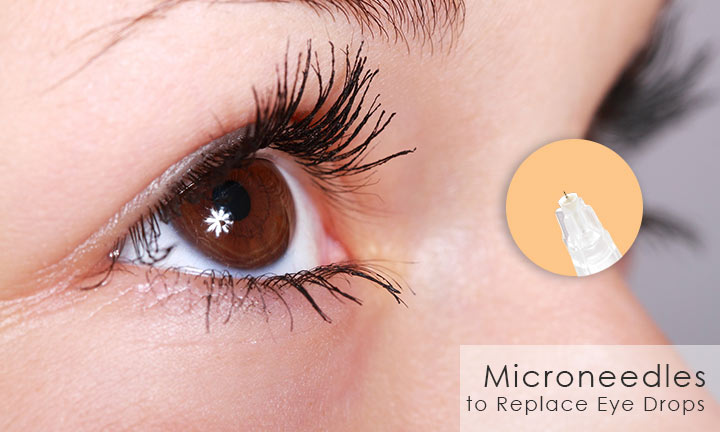
Researchers from the Georgia Institute of Technology (Georgia Tech) found a potential in using microneedles as a new treatment option for two of the leading eye diseases: glaucoma and corneal neovascularization.
The microneedles only ranging in length from 400 to 700 microns can provide a new way to deliver drugs to target specific areas within the eye that is relevant to these diseases and not the entire eye.
The researchers hope that this will increase the effectiveness of the drugs, limit any side effects, and also reduce the dosage of the drug.
To this day, this option still requires additional animal testing before they begin human trials.
Smartphone Apps for the Blind
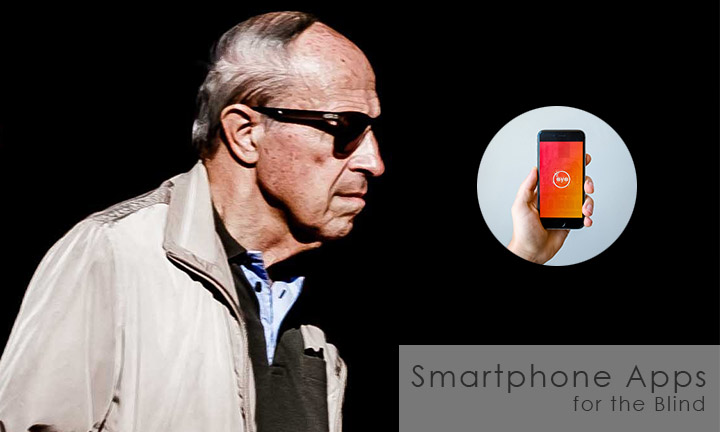
Smartphones have now opened the door to a world of possibilities, far beyond what we could have imagined decades ago.
While smartphones are commonly used for communication, they can now be used by people who are blind and visually impaired.
With the help of a smartphone, smartwatch, or tablet, the blind can virtually “see” using mobile applications for the blind.
These are some of the medical advances that may treat blindness or any forms of visual loss and give a patient the chance to see again.
Medical innovations have made great strides may it be reversing or even curing some of the most common reasons for eyesight degeneration, and these advances are certainly the most promising in the fight to cure blindness in the near future.
For now, each one should know the importance of taking good care of your eyes while you are still young in order to avoid eye problems that can be prevented with effective home remedies straight from the experts.

Leave a Reply
You must be logged in to post a comment.